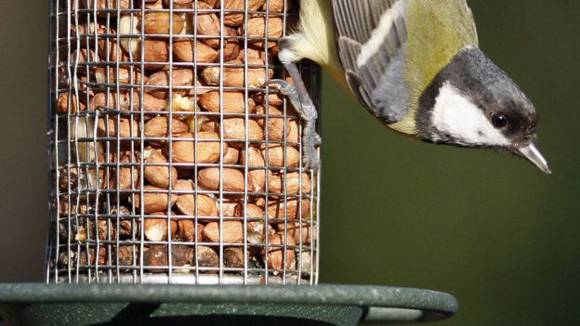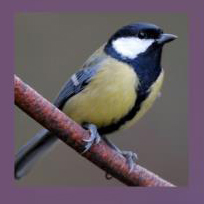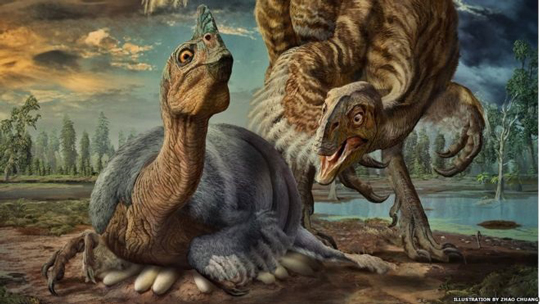New Study Suggests the Bolder the Male Bird the Faster They Find a Partner
The Bolder the Male Bird – the Harder and Faster they Fall for a Mate
Those avian dinosaurs (birds), in parks and gardens are living out complex lives under our noses and some of their behaviours are just beginning to become better understood. New research into the humble Great Tit (Parus major), for example, a very common visitor to gardens all over the British Isles, has revealed that bold male birds focus on forming strong relationships with their future breeding partners while shy male birds play the field.
Scientists Study the Complex Breeding Strategies of Parus major

Picture credit: Getty Images
This insight into the mate selection and breeding behaviour of this garden visitor has come about following an Oxford University Department of Biology study. The scientists found that the individual personalities of male Great Tits influence how they bond with their future breeding partner.
Bold Birds and Shy Birds Adopt Different Strategies
Writing in the academic journal “Nature Ecology and Evolution”, the study suggests that more dominant, bolder, more proactive males select their future breeding partners faster and in addition, put more effort into their relationship with their potential mate before the breeding season commences. In contrast, less dominant, shy males are not as devoted to forming a strong pair bond, they choose to spend more time flocking with other females.
Commenting on how this research can highlight individual differences in behaviour which shapes the formation of crucial social relationships in the wild, lead author of the research Dr Josh Firth, stated:
“Finding a mating partner is of upmost importance to these birds, just as it is for many species across the animal kingdom. We wanted to ask why individuals of the same species differ so much in how much effort they put into forming these relationships.”
Radio Frequency Identification Tags Used to Track the Bird’s Movements
The study was conducted in the Oxford University’s Wytham Woods. The personalities of hundreds of individual Parus major was assessed and then radio-frequency identification tags were used to plot the bird’s movements and how they interacted with the local population over several breeding seasons.
Dr Firth added:
“We show that personality plays an important role explaining the differences in pair-bonding tactics; proactive males dedicate more time to their chosen future partner, even long before mating begins, while the less proactive males take the alternative option of sampling lots of different females right up until the breeding season actually starts.”
There is More to Common Garden Birds Than Meets the Eye

Picture credit: BBC
Which Breeding Strategy is Best?
The scientists conclude that there probably is no “best personality” or most effective strategy to adopt, when it comes to partner selection. This may explain why natural selection has resulted in different breeding strategies within this species. It could well be the case that being bold and proactive is better for finding a good partner in some social situations, while more reserved strategies prove to be the winning formula in other circumstances.
It might be difficult to infer such courtship and breeding behaviours on those extinct relatives of today’s modern birds – the Dinosauria. However, the more scientists learn about individual behavioural differences in a species and how they can shape social relationships, then the case for suggesting complex breeding and socialising strategies amongst the Dinosauria becomes more compelling.
Inferring Complex Social Behaviours in Extinct Theropods

Picture credit: Zhao Chuang
The scientific paper: “Personality Shapes Pair Bonding in a Wild Bird Social System” by Josh A. Firth, Ella F. Cole, Christos C. Ioannou, John L. Quinn, Lucy M. Aplin, Antica Culina, Keith McMahon and Ben C. Sheldon and published in Nature Ecology and Evolution.
Everything Dinosaur acknowledges the assistance of a press release from Oxford University in the compilation of this article.
Visit the Everything Dinosaur website: Everything Dinosaur.

